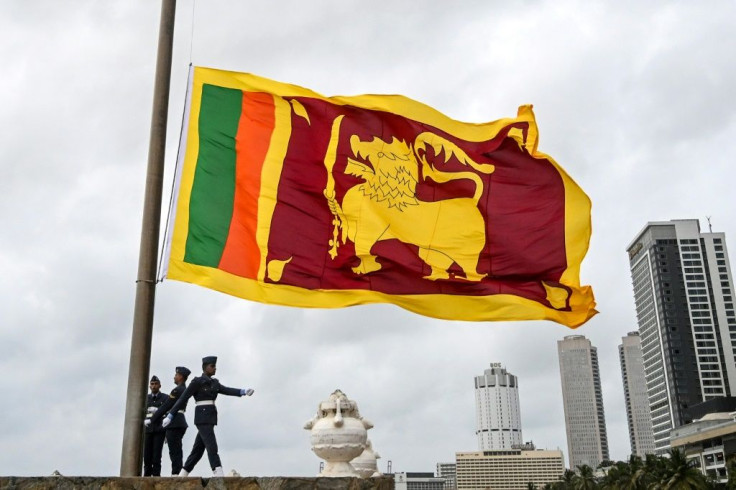China's Debt Trap Places Sri Lanka's Future In IMF's And Beijing's Hands
China's "debt trap" — loans Sri Lanka took from Beijing to finance high-profile infrastructure projects — placed its future in the hands of the International Monetary Fund (IMF) and Beijing bureaucrats.
The Washington-based institution — notorious for its loan terms and conditions — has agreed to provide Sri Lanka with a $2.9 billion loan to cope with its balance of payments crisis, making it difficult to import essential products like food, fuel and medicine, causing social unrest.
But Beijing has been holding the IMF package up, as the terms of the loan could set a bad precedent for the loans it has made to other countries from Southeast Asia to Africa.
Sri Lanka has been on the doorsteps of the IMF multiple times, asking for assistance to cope with a debt crisis. For instance, in 2016, President Maithripala Sirisena's government requested a $1.5 billion loan from the IMF to cope with another balance of payments crisis and support economic reform.
More recently, President Mahinda Rajapaksa's government took large loans from China to fund infrastructure projects such as the construction of ports and airports, which led to a significant debt burden for the country. The current government has also continued to take loans from China to fund infrastructure projects, still renegotiating the terms of some of these loans.
Sri Lanka's close ties with China that resulted in a debt trap date back to 2007 when Beijing provided President Mahinda Rajapaksa with military and diplomatic assistance to fight the Tamil Tigers. Over time they became closer with high-profile construction projects, like the deep-sea Hambantota port project, the Colombo Port City complex and the Mattala Rajapaksa International Airport (MRIA).
Proponents of these projects argue that they helped the county improve its infrastructure and turn the country into a regional transportation hub.
Opponents argue that they are "debt traps." Some aren't economically viable, as they don't serve enough people to justify the resources committed to them, like MRIA airport. As a result, they end up wasting the country's precious resources.
Others are economically viable but constructed at too high a cost by Chinese state construction companies rather than by private contractors under transparent, competitive bidding.
In addition, these projects were financed by loans from Chinese state-owned banks at high-interest rates and lack of transparency, leaving Sri Lanka heavily indebted to Beijing.
According to government financials, Sri Lanka's government debt is expected to reach 120% of GDP by 2023, with a growing portion owed to China. In addition, Sri Lanka's government budget deficits are running at 10.51% of its GDP, adding to its indebtedness.
Beijing has applied creative finance, swapping a chunk of the debt for 99-year leases to ease the pain of the country's indebtedness. But that was a bad idea as it deprived Sri Lanka of a valuable foreign currency cash flow, the money needed to pay for essentials, like food and medicine imports, in times when other sources of foreign currency, like tourist receipts and remittances, dwindled in the aftermath of the COVID-19 pandemic.
That's how Sri Lanka's economy ended up in a perfect storm recently, in a position the country doesn't want to be in: counting on IMF and China for its survival.

© Copyright IBTimes 2024. All rights reserved.












